解説 / Description
ストライプトーキングキャットは、南米の広大な河川に生息するドラス科のナマズです。その名の通り、胸ビレを擦り合わせて「ギッギッ」と音を出すユニークな習性を持ちます。非常に丈夫で、口に入らないサイズの魚には温和なため、大型魚水槽の混泳魚として古くから人気があります。夜行性で、日中は流木や土管などの隠れ家に潜んでいることが多いです。重要な点として、市場で流通している本種は、学術的には近縁の別種である *Platydoras costatus* ではなく、ほぼ全てが *Platydoras armatulus* です。20年を超える長寿な魚であり、飼育には長期的な計画性が必要です。 The Striped Raphael Catfish is a species of talking catfish from the Doradidae family, native to the vast river systems of South America. As its name suggests, it possesses the unique ability to produce “talking” or “croaking” sounds by rubbing its pectoral fins. It is very hardy and peaceful towards fish too large for it to swallow, making it a long-standing popular choice for large community aquariums. It is nocturnal and tends to hide among driftwood or in pipes during the day. It’s important to note that nearly all individuals sold in the hobby as “Striped Raphael Catfish” are scientifically identified as *Platydoras armatulus*, not the similar but rare *Platydoras costatus*. This is a long-lived fish, capable of living over 20 years, requiring a long-term commitment from its keeper.
基本情報 / Basic Information
| 学名 / Scientific Name | Platydoras armatulus (Valenciennes, 1840) |
|---|---|
| 通称 / Common Name | ストライプトーキングキャット, ストライプ・ラファエルキャットStriped Raphael Catfish, Southern Striped Raphael, Humbug Catfish |
| 分類 / Family | ドラス科 (Doradidae)Doradidae |
| 英名 / English Name | Striped Raphael Catfish |
| 分布 / Distribution | 南米(アマゾン川、パラグアイ・パラナ川、オリノコ川水系)South America (Amazon, Paraguay-Paraná, and lower Orinoco river basins) |
| 最大体長 / Max Size | 約24cmApprox. 24 cm |
| 寿命 / Lifespan | 20年以上20+ years |
飼育環境 / Aquarium Environment
| 水槽サイズ / Tank Size | 【大型水槽が必須】成魚の長期飼育には、最低でも120cm規格水槽(約240L)以上が必要です。複数飼育の場合はさらに広いスペースが求められます。[Large Tank is Essential] For long-term care of adults, a minimum of a 120cm standard tank (approx. 240L) is required. More space is needed for keeping multiple individuals. |
|---|---|
| 水温 / Temperature | 24℃〜30℃ |
| 水質 / Water Quality | 弱酸性〜中性 (pH 5.8-7.5)。非常に丈夫ですが、安定した水質を保つために能力の高いフィルターが推奨されます。Slightly acidic to neutral (pH 5.8-7.5). It is very hardy, but a powerful filter is recommended to maintain stable water quality. |
| レイアウト / Layout | 繊細なヒゲを傷つけないよう、底砂は必ず粒の細かい砂を使用します。夜行性で臆病なため、流木や土管などで体にフィットする隠れ家を多数用意することが不可欠です。To protect its delicate barbels, fine sand must be used as the substrate. As a shy, nocturnal fish, providing plenty of snug hiding places with driftwood and pipes is essential. |
| 注意点 / Precautions | 【取り扱い注意】鋭い胸ビレの棘には軽度の毒があるとされ、刺されると激しく痛みます。移動の際は絶対に網を使わず、プラスチック容器などで水ごと掬ってください。[Handle with Care] The sharp pectoral fin spines are reported to be mildly venomous and can inflict a painful sting. Never use a net to move them; instead, use a plastic container to scoop them up with water. |
餌と給餌 / Feeding
| 餌の種類 / Diet | 肉食性の強い雑食性。沈下性の人工飼料を主食に、冷凍アカムシなどを与えます。水槽内のスネール(巻貝)を好んで食べるため、スネール駆除役としても活躍します。Omnivorous with strong carnivorous tendencies. Feed a staple of sinking artificial pellets, supplemented with frozen foods like bloodworms. It readily eats aquarium snails, making it useful for pest snail control. |
|---|---|
| 給餌のポイント / Feeding Tips | 夜行性のため、消灯後の給餌が理想です。非常に大食漢で肥満になりやすいため、給餌量の管理が重要です。成魚は週に数回の給餌で十分な場合があります。As it is nocturnal, feeding after lights out is ideal. It is a voracious eater prone to obesity, so managing food quantity is important. For adults, feeding a few times a week may be sufficient. |
性格と混泳 / Temperament and Tank Mates
| 性格 / Temperament | 口に入らないサイズの魚には温和ですが、夜間に小型魚やエビを捕食する機会主義的な捕食者です。臆病な性質のため、豊富な隠れ家が不可欠です。Peaceful towards fish that are too large to eat, but it is an opportunistic predator that will consume small fish and shrimp at night. Its shy nature makes ample hiding places essential. |
|---|---|
| 混泳の相性 / Compatibility | 中型〜大型の温和な魚との混泳に適しています。テトラなどの小型魚やエビ類は捕食されるため混泳できません。3匹以上のグループで飼育すると落ち着く傾向があります。Suitable for community tanks with medium to large peaceful fish. Small fish like tetras and shrimp cannot be kept with them as they will be eaten. They tend to be more confident when kept in groups of three or more. |
病気と対策 / Diseases and Prevention
| かかりやすい病気 / Common Diseases | 非常に丈夫で病気には強いですが、水質の悪化やストレスで白点病を発症することがあります。Extremely hardy and resistant to disease, but can develop Ich (White Spot) due to stress or poor water quality. |
|---|---|
| 対策と予防 / Prevention | 安定した水質を維持することが最良の予防策です。ナマズ類は魚病薬に敏感な場合があるため、治療の際は規定量の半分程度から慎重に投与してください。Maintaining stable water quality is the best prevention. Catfish can be sensitive to medications, so treatments should be administered cautiously, starting with about half the recommended dose. |
増やし方(繁殖) / Breeding
| 繁殖形態 / Reproduction | 卵生。水面の浮草などに卵を産み付けると考えられています。Egg-layer. It is believed to lay its eggs among floating plants at the water’s surface. |
|---|---|
| 繁殖のポイント / Breeding Tips | 個人レベルでの繁殖は極めて困難です。市場に流通している個体の多くは、東南アジアで商業的に繁殖されたものです。Breeding at the hobbyist level is extremely difficult. Most individuals available in the market are commercially bred in Southeast Asia. |
特徴的な行動と豆知識 / Behavior and Fun Facts
| 特徴 / Characteristics |
【トーキングキャット】危険を感じると、胸ビレの棘を擦り合わせて「ギッ、ギッ」という威嚇音を出します。これが「話すナマズ」と呼ばれる所以です。 【隠された正体】市場で「ストライプトーキングキャット」として売られているのは、ほとんどが本種(*P. armatulus*)です。学術上の*Platydoras costatus*は別種で、ストライプが頭まで繋がらない点で区別されます。 【幼魚は掃除屋?】野生の幼魚は、大型魚の体表を掃除する「クリーニング行動」を行うという、淡水魚では非常に珍しい生態が報告されています。 【Talking Catfish】When it feels threatened, it rubs its pectoral fin spines together to produce a “croaking” warning sound, which is why it’s called a “talking catfish.” 【A Case of Mistaken Identity】Almost all fish sold as “Striped Raphael Catfish” are this species, *P. armatulus*. The true *Platydoras costatus* is a separate species, distinguished by its stripes which do not connect over the head. 【Juvenile Cleaners?】In the wild, juveniles have been reported to engage in “cleaning behavior” on larger fish, a very rare phenomenon for freshwater species. |
|---|
まとめ / Conclusion
ストライプトーキングキャットは、そのユニークな生態と驚異的な丈夫さから、非常にやりがいのある飼育対象です。しかし、その魅力を十分に享受するためには、臆病な夜行性であること、小型魚を捕食すること、そして20年を超える長寿であることを理解し、受け入れる必要があります。 The Striped Raphael Catfish is a highly rewarding species to keep, thanks to its unique ecology and incredible hardiness. However, to fully enjoy its charms, one must understand and accept its shy nocturnal nature, its predatory instinct towards smaller fish, and its potential lifespan of over 20 years.
特に、鋭い棘を持つため、取り扱いには最大限の注意が必要です。このガイドで詳述した点を守ることで、この魅力的なナマズとの長く豊かな関係を築くことができるでしょう。Special care must be taken when handling due to its sharp spines. By following the points detailed in this guide, you can build a long and enriching relationship with this fascinating catfish.
▶ 記事の生体をAMAZONで買う ▶ 記事の生体をYahooで買う

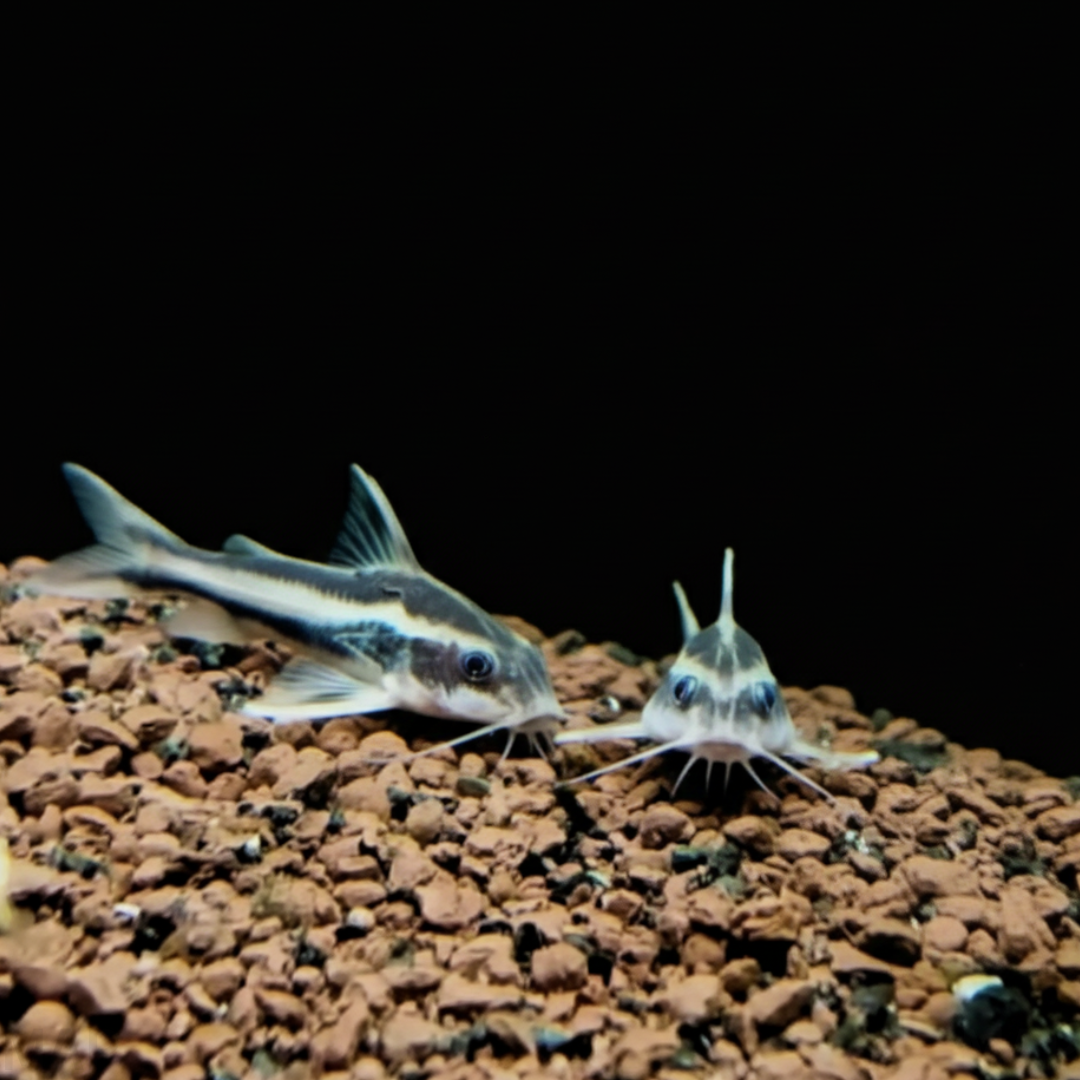






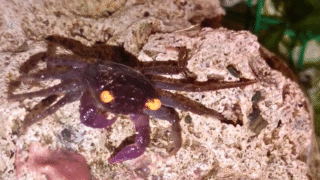
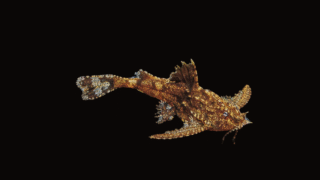
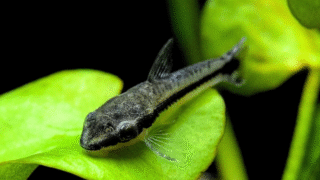
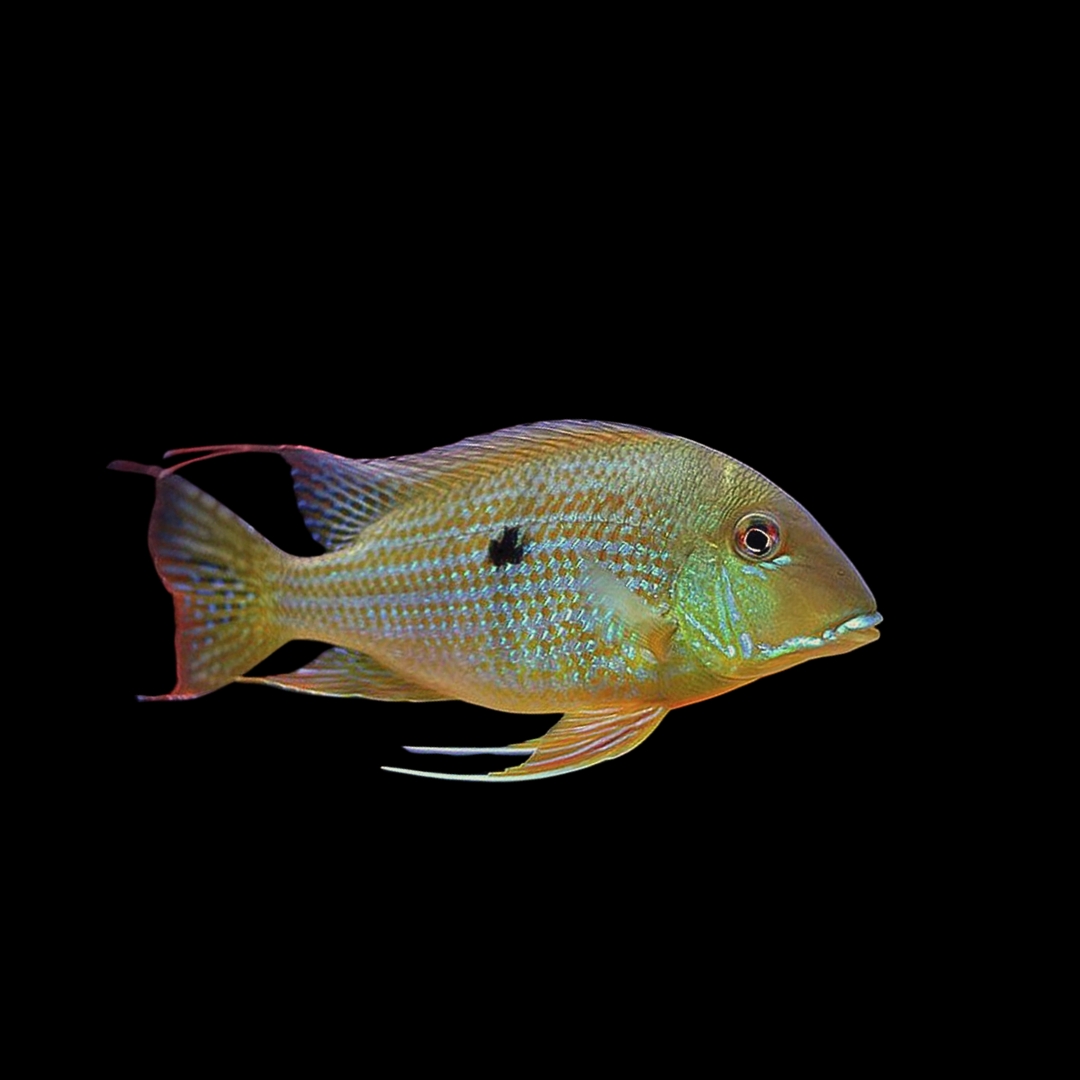
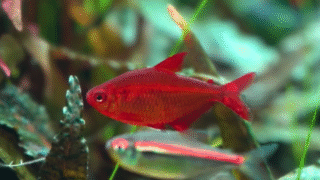
コメント